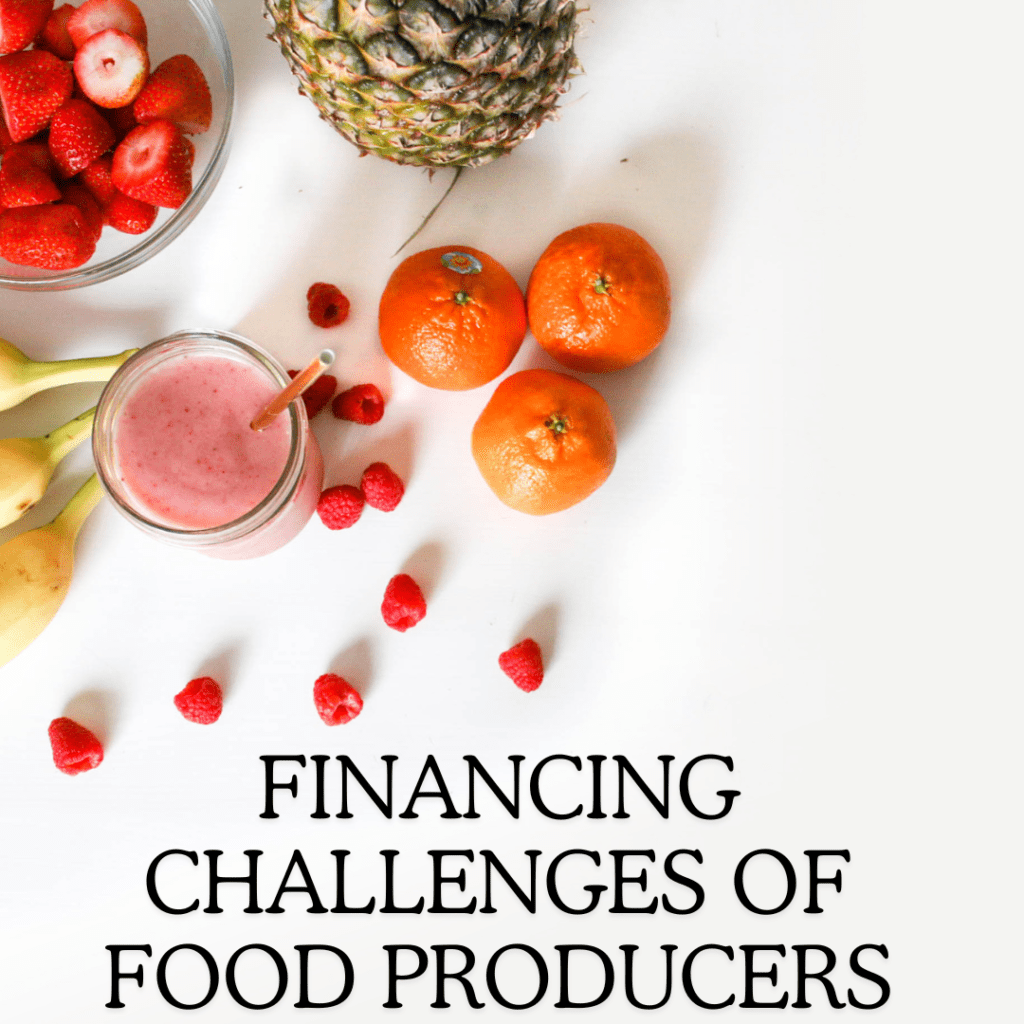The food production industry stands as a cornerstone of global commerce, providing sustenance to populations worldwide. Yet, despite its essential role, food producers are confronted with a myriad of financial challenges that threaten operational efficiency and long-term sustainability. As we delve into 2024, these challenges have been further exacerbated by a confluence of factors, ranging from supply chain disruptions to evolving consumer preferences. In this article, we explore the financing hurdles confronting food producers in the current landscape and identify strategies to surmount them. Financing Challenges of Food Producers.
Supply Chain Disruptions: A Persistent Challenge
One of the most pressing issues confronting food producers in 2024 is the enduring impact of supply chain disruptions. From raw material shortages to transportation bottlenecks, the intricacies of global supply chains have been stretched to their limits, resulting in increased costs and operational inefficiencies. For food producers, these disruptions translate into heightened financial strain as they grapple with rising procurement expenses and logistical complexities.
Escalating Input Costs and Inflationary Pressures
The relentless rise in input costs, including commodities, labor, and energy, has emerged as a significant financial headwind for food producers. Inflationary pressures, compounded by geopolitical tensions and economic uncertainties, have eroded profit margins and constrained cash flows. As food producers strive to maintain affordability amid escalating costs, securing adequate financing becomes imperative to sustain operations and remain competitive in the marketplace.
Regulatory Compliance and Sustainability Imperatives
In an era characterized by heightened regulatory scrutiny and sustainability imperatives, food producers face mounting pressures to adhere to stringent standards and invest in environmentally responsible practices. Compliance with food safety regulations, environmental mandates, and ethical sourcing requirements necessitates substantial investments in infrastructure, technology, and training. However, navigating the financial implications of regulatory compliance while maintaining profitability poses a formidable challenge for food producers.
Shifting Consumer Preferences and Market Dynamics
The evolving preferences of consumers, driven by factors such as health consciousness, ethical considerations, and convenience, present both opportunities and challenges for food producers. Adapting product portfolios, enhancing production processes, and embracing innovation are essential to remain relevant in a rapidly changing market landscape. However, the upfront investments required to pivot operations and meet evolving consumer demands can strain financial resources, particularly for small and medium-sized food producers.
Access to Capital and Financing Options
Amidst these multifaceted challenges, access to capital emerges as a critical determinant of success for food producers. Traditional lending institutions may exhibit reluctance to extend credit due to perceived risks associated with the industry’s inherent volatility and uncertainty. Moreover, stringent lending criteria and collateral requirements may pose barriers to entry for food producers, especially startups and enterprises with limited assets.
Strategies for Mitigating Financial Challenges
To navigate the financing challenges facing food producers in 2024, proactive measures and strategic initiatives are indispensable. Collaboration with financial institutions specializing in agribusiness lending can facilitate access to tailored financing solutions tailored to the unique needs of food producers. Additionally, leveraging government-sponsored programs, such as agricultural subsidies and grants, can provide supplemental funding to support capital investments and operational enhancements. Financing challenges.
Furthermore, embracing technological innovations, such as blockchain-enabled supply chain management and precision agriculture technologies, can optimize efficiency, reduce costs, and enhance competitiveness. Engaging in strategic partnerships and vertical integration initiatives can also unlock synergies and diversify revenue streams, thereby mitigating financial vulnerabilities and fostering resilience in an uncertain environment.
Conclusion
As food producers confront an array of financing challenges in 2024, proactive adaptation and strategic foresight are essential to overcome obstacles and thrive in a dynamic marketplace. By embracing innovation, fostering collaboration, and exploring diverse financing options, food producers can navigate the complexities of the current landscape and position themselves for long-term success. Amidst the turbulence of the times, resilience, agility, and innovation will be the hallmarks of food producers poised to seize opportunities and surmount challenges in the pursuit of sustainable growth and prosperity.

